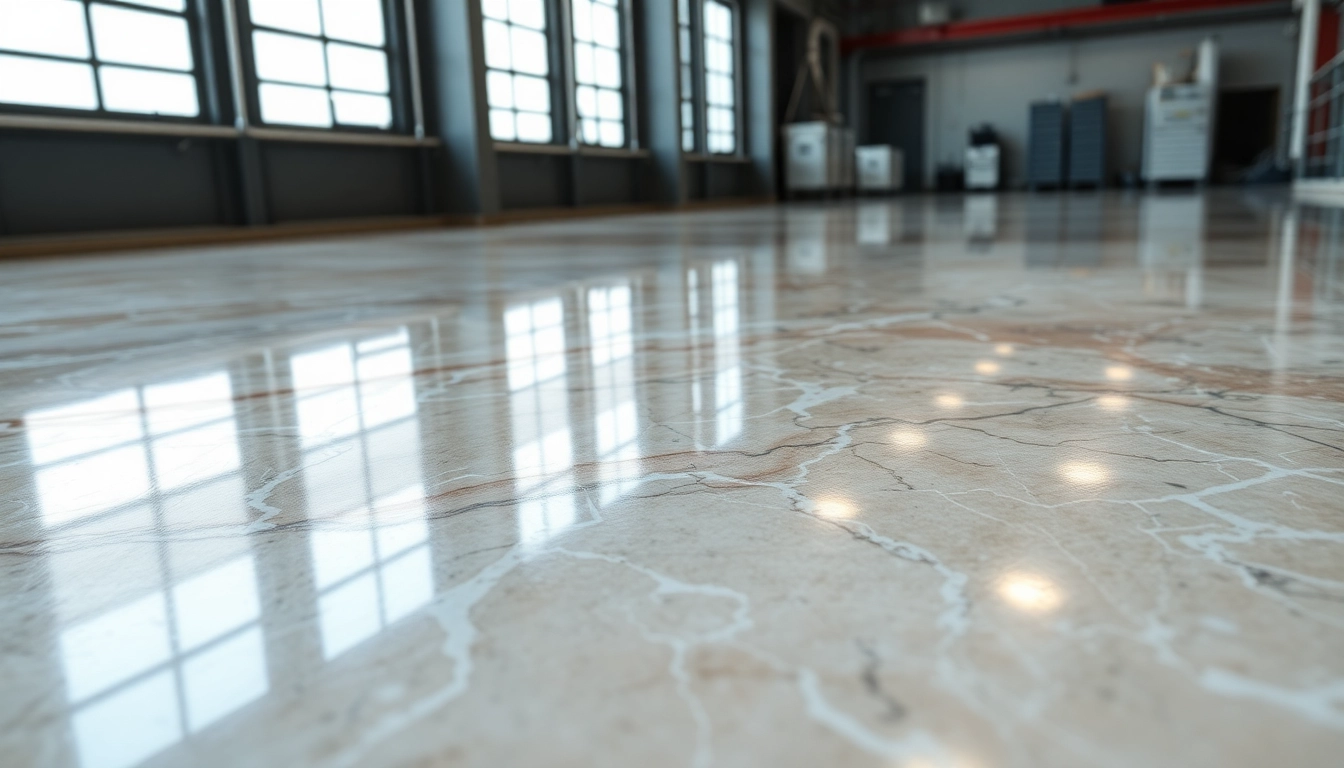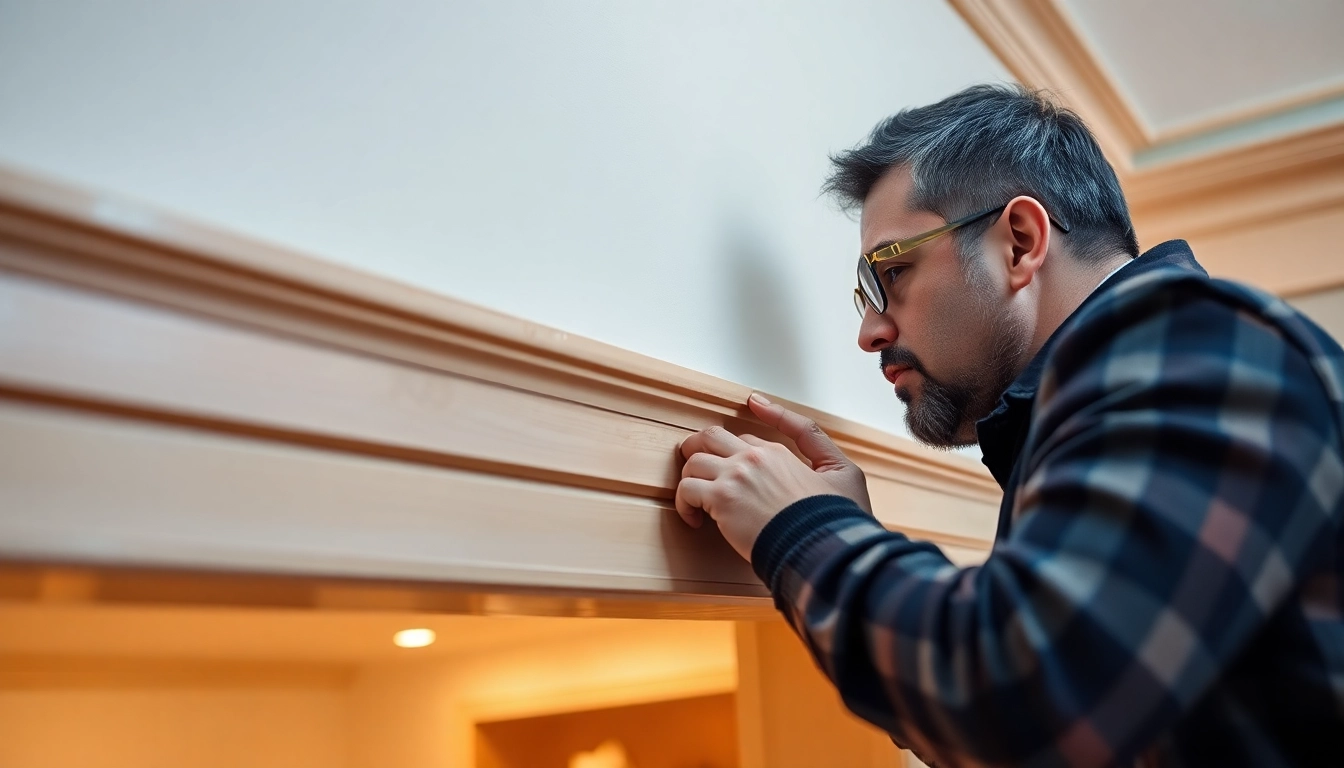Understanding the Significance of Restauro Tappeti Milano
Restoring valuable rugs in Milan is not merely about aesthetic renewal; it is a vital process for preserving cultural heritage, extending the lifespan of treasured textiles, and maintaining their value over time. The bustling city of Milan, renowned for its art, fashion, and cultural sophistication, also boasts a rich tradition of rug craftsmanship and restoration expertise. Whether dealing with antique Persian carpets, modern oriental rugs, or contemporary textiles, professional Restauro Tappeti milano services are essential for ensuring these artifacts withstand the test of time while retaining their original beauty and integrity.
1.1 Why Professional Restauro Matters for Antique Rugs
Antique rugs are often woven with precious materials and intricate craftsmanship that require delicate handling. Professional restoration preserves not only their visual appeal but also their structural integrity. Expert restorers in Milan employ specialized techniques to repair tears, reinforce fragile fibers, and eliminate stains, ensuring that these cultural artifacts are kept in optimal condition for future generations. Unskilled repairs may inadvertently cause further damage or diminish the rug’s historical value; hence, engaging skilled artisans is crucial.
1.2 Common Damage and Damage Types in Milano Tappeti
Damage in carpets typically manifests as tears, frayed edges, holes, discoloration, stains from spills or pet accidents, and degrading fibers due to age. Milanesian collections often feature antique pieces exposed to environmental factors like humidity and sunlight that accelerate deterioration. Other common issues include fraying of fringes, color bleeding, and pest damage such as moth holes. Effective restoration involves correctly diagnosing these damages and employing targeted repair treatments using appropriate materials and techniques.
1.3 Benefits of Restoring Your Tappeti in Milan
Opting for professional restoration offers multiple advantages: it enhances the aesthetic appeal, preserves the cultural and historical significance, prevents further deterioration, and can even increase the monetary value of the rug. Additionally, restored rugs become easier to clean and maintain, and their longevity is significantly extended. Investing in restoration also allows owners to enjoy their textile treasures without concerns over damaging or neglecting aging fibers.
Techniques and Processes in Tappeti Restauro
2.1 Traditional Persian and Oriental Restauro Methods
Traditional restoration techniques are rooted in centuries-old practices passed down by master artisans from Persian, Turkish, and Central Asian regions. These methods focus on meticulous hand repairs, including knot replacement, border patching, and dye retouching. Restorers typically start with a detailed assessment, then perform manual cleaning, patching holes with compatible materials, and carefully reweaving damaged sections. These time-honored methods respect the rug’s original craftsmanship and are especially suitable for valuable antique pieces.
2.2 Modern Restoration Technologies and Tools
Advances in technology have introduced innovative tools like laser cleaning, ultrasonic machines, and synthetic dyeing to the restoration process. These methods allow faster, more precise repairs and cleaning, reducing manual labor and minimizing risks of further damage. For instance, ultrasonic devices efficiently remove embedded dirt without harming delicate fibers, while digital color matching ensures perfect restoration of faded patterns. Combining traditional artistry with cutting-edge tools results in superior restoration quality, especially for complex or heavily damaged rugs.
2.3 Step-by-Step Restoration Workflow
A professional restoration project typically involves several key phases:
- Inspection and Documentation: Thorough assessment of the rug’s condition, damages, and materials.
- Cleaning: Gentle removal of accumulated dirt, stains, and residues using eco-friendly, fabric-safe solutions.
- Damage Repair: Patching holes, sewing tears, and reforging frayed edges through hand or machine techniques.
- Reweaving and Filling: Restoring missing or severely worn areas with matching materials, often employing traditional knotting or modern synthetic fibers.
- Color Retouching: Applying dyes to restore faded hues, carefully matching the original palette.
- Final Finishing: Brushing, stretching, and cleansing to ensure the restored rug’s uniformity and durability.
Choosing the Right Restauro Service in Milano
3.1 Key Qualities of a Trusted Restauro Partner
When selecting a restoration provider in Milan, look for extensive experience, transparency in procedures, and a solid reputation. Certified master restorers or artisans with specialization in antique and oriental rugs are preferable. Additionally, verifying their portfolio of successful restorations and seeking peer reviews or testimonials can provide reassurance of quality and reliability. A reputable service also offers detailed estimates and clear explanations of the procedures involved.
3.2 Questions to Ask Before Hiring Restauro Experts
Essential inquiries include:
- What specific techniques do you use for restoration?
- Can you provide references or case studies similar to my rug’s condition?
- What are the typical timeframes and costs involved?
- Do you offer a warranty on your work?
- How do you ensure color and material compatibility?
Engaging in an open dialogue ensures alignment with your expectations and minimizes surprises.
3.3 Cost Factors and Typical Pricing in Milan
Restoration costs depend on factors such as the rug’s size, age, material, severity of damage, and the complexity of repairs. For small repairs like frayed fringes, prices might start around €50-€150, while extensive repairs on antique Persian carpets could reach €1000 or more. An accurate estimate often requires an in-person assessment, especially for valuable or delicate pieces. Understanding these variables aids in budgeting and making informed decisions.
Maintenance and Long-term Preservation of Restored Tappeti
4.1 Routine Cleaning and Care Tips
Regular maintenance is key to preserving the beauty and integrity of your restored rug. Vacuum gently using a low-suction setting, preferably with a soft brush attachment, avoiding the fringes to prevent fray. Immediate attention to spills and stains using blotting techniques and avoiding harsh chemicals helps maintain color vibrancy. Occasional professional cleaning every 1-2 years can keep the fibers fresh and prevent dirt buildup.
4.2 Preventive Measures to Avoid Future Damage
Preventive steps include controlling environmental factors such as avoiding direct sunlight exposure, managing humidity levels to prevent mold and moth infestations, and using rug pads to minimize fraying or slipping. Keeping pets off the rugs or using covers can prevent fur, stains, and damage from claws. Proper placement away from heat sources like radiators or vents preserves fiber health.
4.3 When and How to Schedule Regular Restauro Checks
Periodic professional inspections every 3-5 years, depending on rug usage and exposure environment, help identify early signs of wear or damage. Time for a further restoration or cleaning can be determined during these assessments, ensuring ongoing preservation and avoiding costly repairs in the future.
Case Studies and Success Stories in Tappeti Restauro Milan
5.1 Restored Antique Tappeti: Before and After
Consider a 19th-century Persian antique with extensive color fading and frayed edges. After professional restoration, the rug regained its original vibrancy and structural stability, matching its initial splendor. Such transformations not only revive the aesthetic but also significantly increase the rug’s market value.
5.2 Customer Testimonials and Feedback
Many clients have expressed satisfaction with Milan-based restoration experts, citing meticulous craftsmanship, timely service, and respectful treatment of their heirlooms. Testimonials highlight how well-restored rugs become focal points of interior decor, often appreciated for both their beauty and historical significance.
5.3 Best Practices for Ensuring Longevity of Restored Tappeti
To maximize longevity, owners should adhere to recommended maintenance routines, schedule periodic professional assessments, and safeguard rugs from environmental stressors. Proper storage during off-seasons and using protective covers also extend the life of the restoration work.


